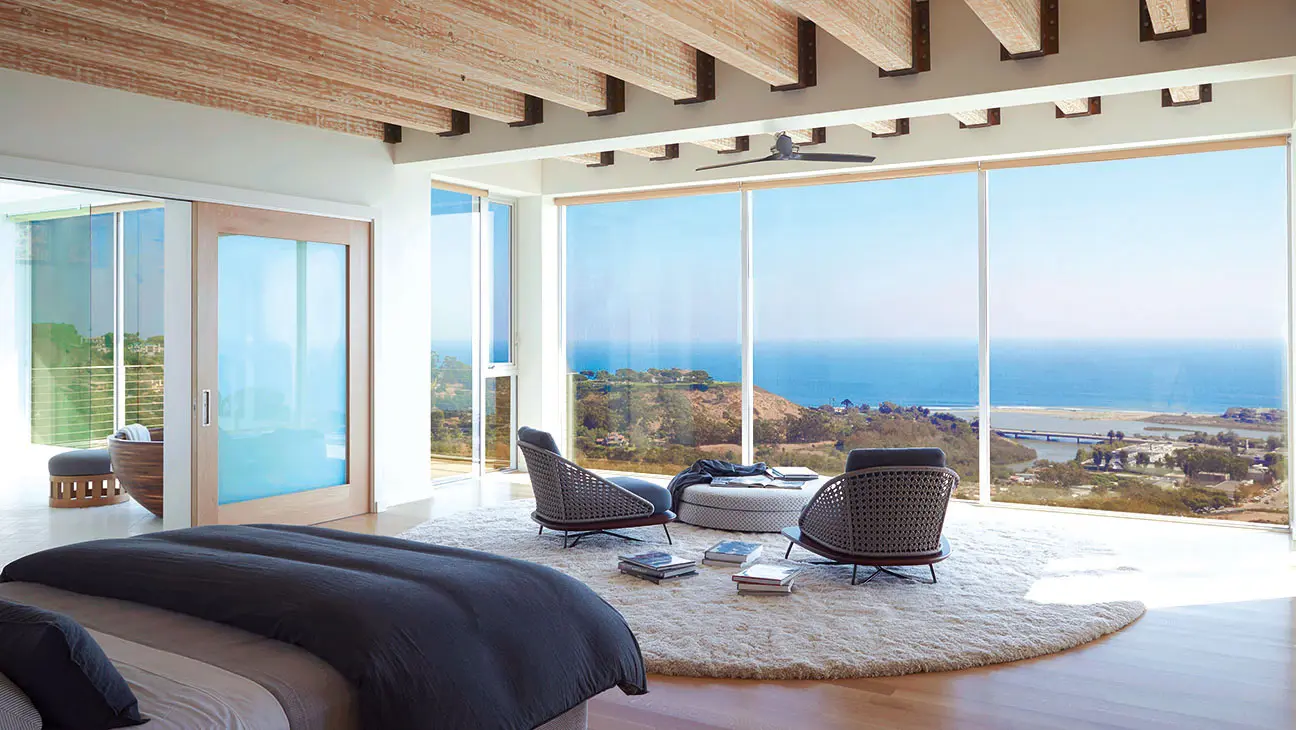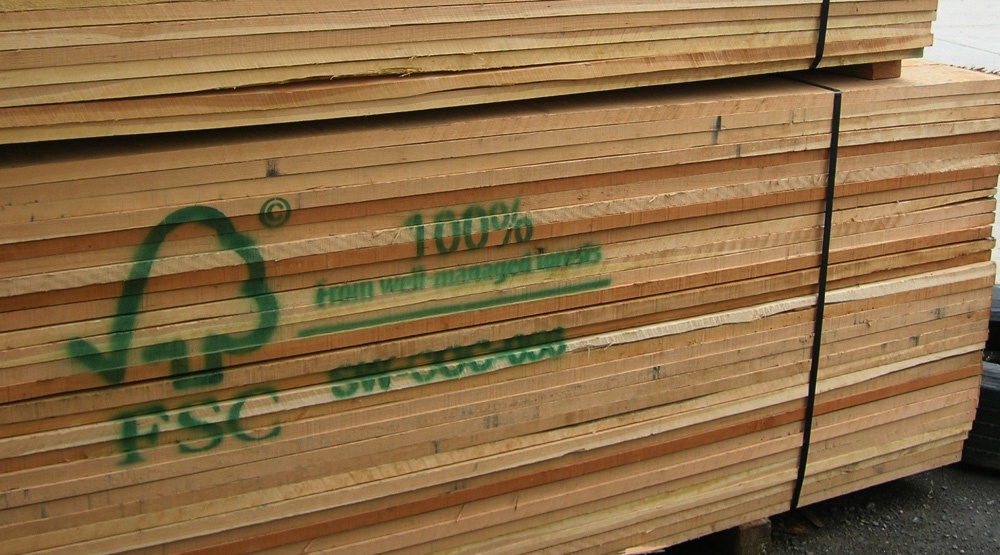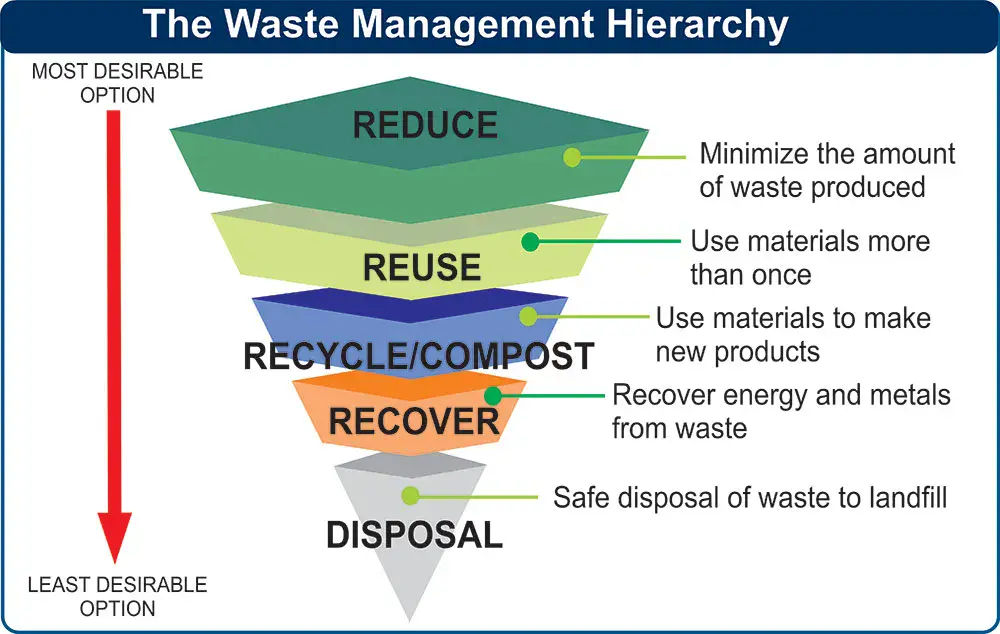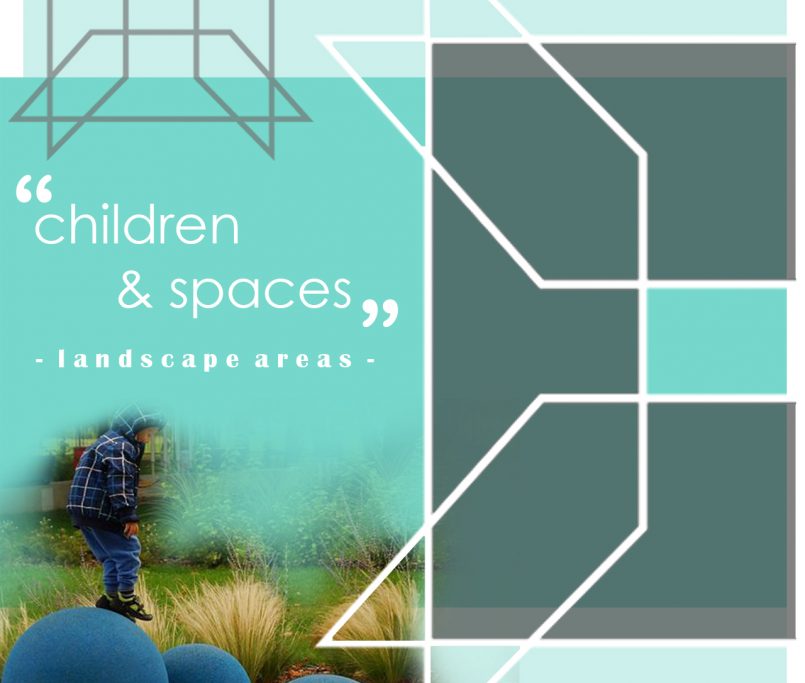Green Architecture-Interior Quality & Materials and Resources
İndoor Environmental Quality
- Do you feel constantly tired and unenergetic? Do you think that your time is unproductive? While these issues may be due to personal reasons, have you ever considered that the building you are in may be having a negative impact on you?”Well-being” is a term in English that refers to the state of physical and mental health for living beings. This state is holistic and applies to buildings as well. The impact of green buildings on their users, as well as on the environment, contributes to the building’s state of “well-being.” High indoor environmental quality can also improve the quality of life for building occupants.
Improving indoor environmental quality can be achieved by meeting the following criteria:
Air quality,
Thermal comfort,
Acoustic comfort,
Natural light and view
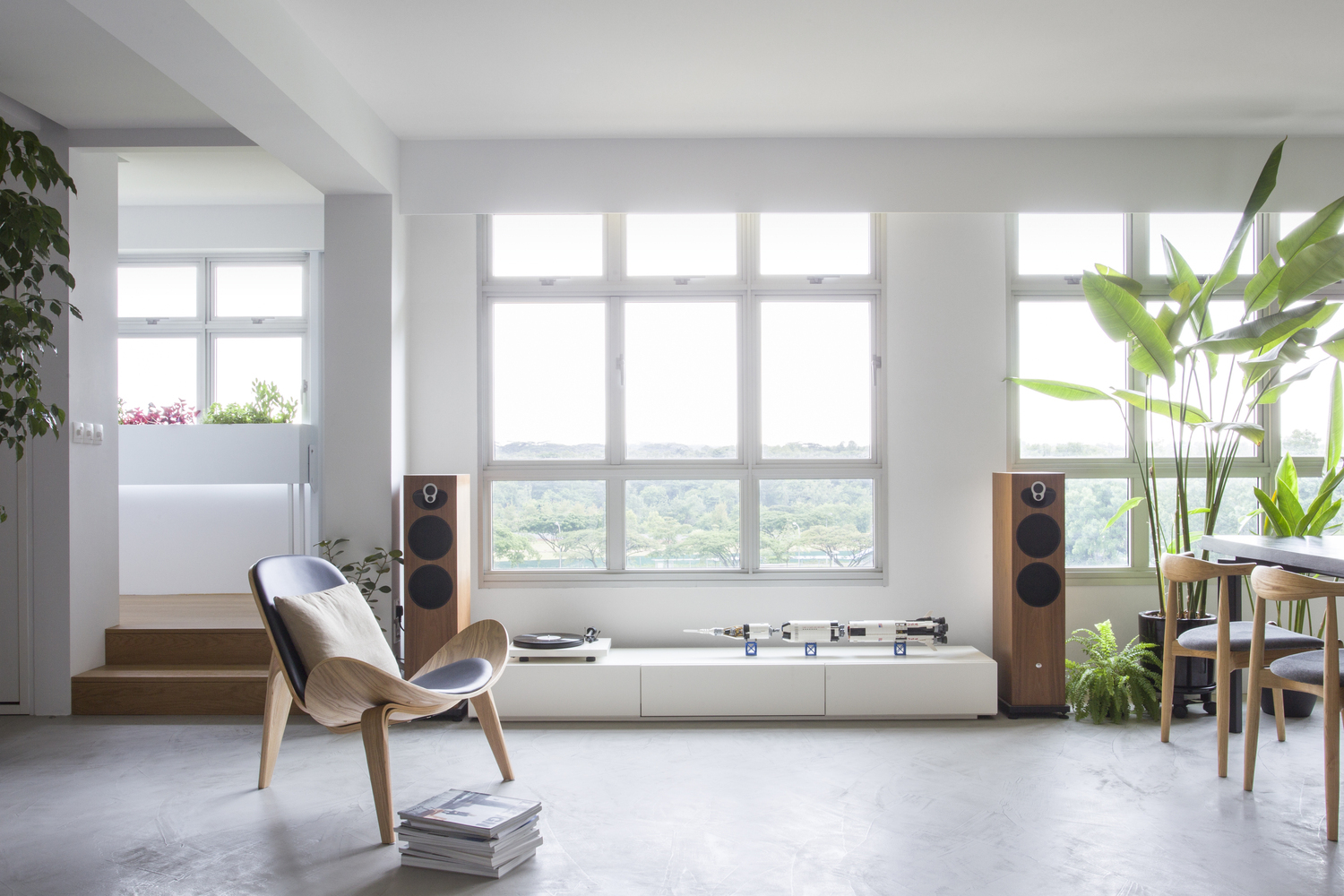
- 1-) Air quality
Clean air is a fundamental human right. Smoking should not be allowed to enter indoor spaces. Its use should be limited to specific outdoor areas. Carbon dioxide levels and particulate matter should be controlled through good ventilation and filtration. In addition to these, indoor material selections should be made consciously. Many paints and adhesives contain harmful volatile organic compounds that should be taken into account. - 2-) Thermal comfort
The energy balance between human and their surrounding environment determines the thermal comfort. Planning should be carried out in accordance with the needs of building users and the functions of the spaces. For instance, the spatial design of the administrative building we designed in Hatay is aimed at providing maximum thermal comfort with minimum energy use. The spaces that will be used for 1 or 2 hours a day are arranged along the southern facade of the building. These spaces act as a buffer and keep the building cool. As a result, it has become possible to achieve thermal comfort in offices located on the north side with less energy. 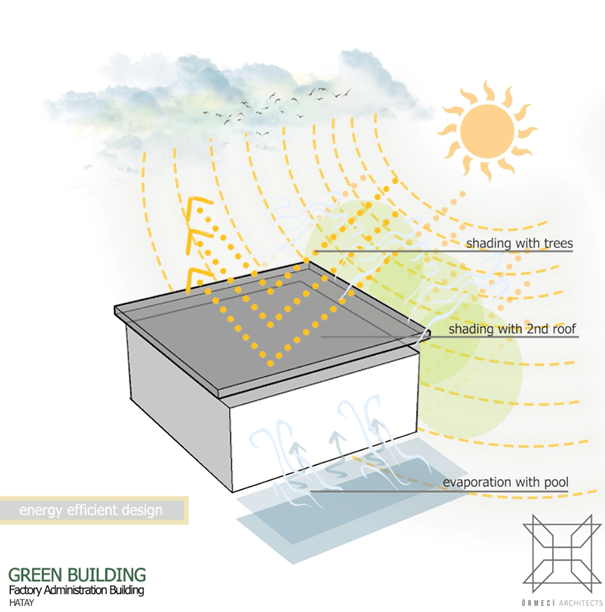
3-) Acoustic comfort
Adequate daylighting in indoor spaces reduces the need for artificial lighting, thereby reducing the impact of energy production and consumption. Band windows, skylights, light shelves, and adjustable louvers can be used to bring in more daylight or control the light within the building. And of course, the view is one of the factors that can greatly affect well-being.
4-) Natural light and view
Noise is a factor that significantly affects people’s quality of life. Therefore, measures should be taken to address noise by making acoustic calculations in accordance with the function of the building. Architecturally, the basics that can be done include using acoustic materials, selecting thick and dense materials for partition walls, and creating air gaps between spaces.
Materials and Resources
Are you aware that every object you see around you has an embedded energy and an impact on its surroundings? Embedded energy is the total energy required for the extraction of the raw material, processing, manufacturing, and delivery of a material to the construction site. Research shows that the operational energy used during the lifetime of a building is less compared to the embedded energy of the building materials. Furthermore, sustainability requires considering not only the material itself but the entire life cycle, including the resources, energy, use, and end-of-life processes.
1-) Using sustainable materials
When selecting materials during the design process, it is necessary to evaluate the resources used by the material and the resulting environmental impact throughout its life cycle, just like a conscious consumer. Certified products approved by expert sustainability certification organizations can be preferred. For example, wood products certified by the Forest Stewardship Council (FSC) indicate that they have been obtained from forests in an environmentally sustainable manner.
2-) Waste management and Reuse and Recycling
The construction industry consumes 40% of the world’s natural resources and produces 40% of solid waste. To minimize the use of existing resources and effectively manage materials at the end of their lifecycle, waste management planning is essential for new building projects. The US Environmental Protection Agency recommends prioritizing source reduction, reuse, and recycling to reduce construction waste.

